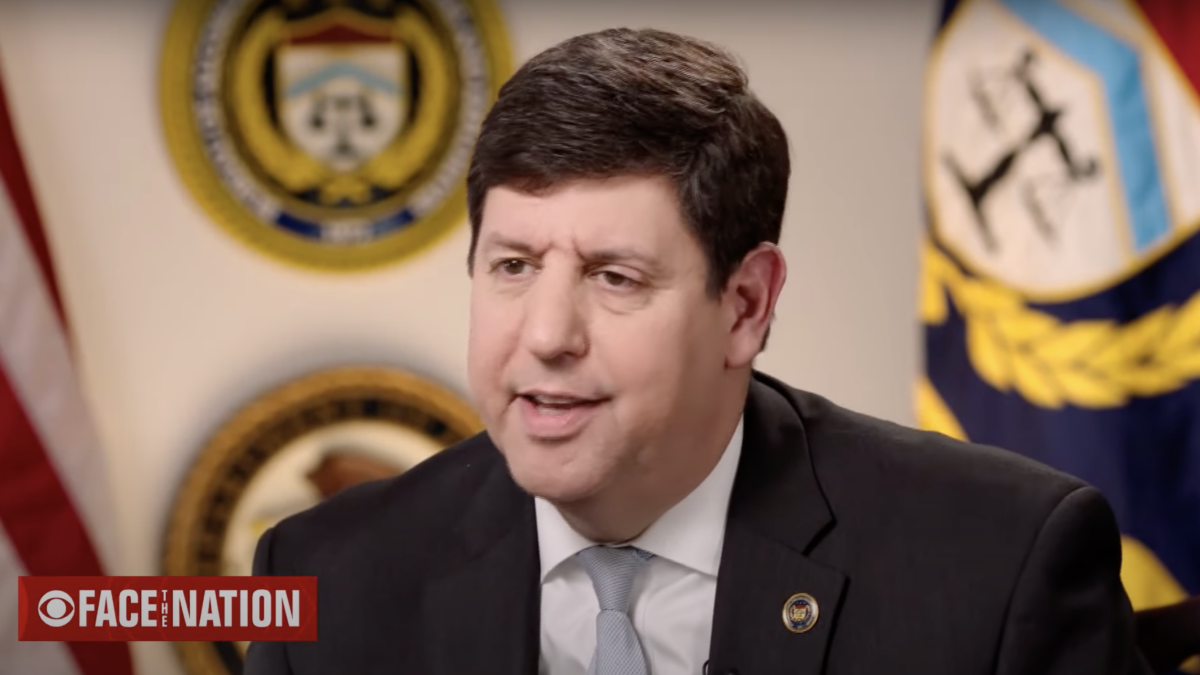A divided federal appeals court in Ohio ruled that former President Donald Trump’s ban on bump stocks is unconstitutional and should no longer be enforced by the Bureau of Alcohol, Tobacco, Firearms, and Explosives.
The Trump administration first issued the regulation in 2018 approximately a year after a shooter used bump stocks on his rifles to carry out a mass shooting at a country music festival in Las Vegas that left 58 people dead and hundreds injured. Bump stocks, federal officials argued, modified semi-automatic rifles enough to be classified as machine guns, which U.S. civilians are prohibited from owning without special federal permission, and required quick action from the Department of Justice to make it a felony offense to own or use one. Those who had bump stocks at the time the rule was issued were ordered to destroy or surrender the gun modifiers to ATF.
The newest ruling out of the Sixth Circuit, however, grants the movant, Gun Owners of America, a preliminary injunction against the order, affirming the group’s concerns that the federal regulation violated the “Administrative Procedure Act, the Fifth Amendment’s takings clause, and the 14th Amendment’s right to due process.”
“Today’s court decision is great news and told gun owners what they already knew,” said GOA Senior Vice President Erich Pratt. “We are glad the court applied the statute accurately, and struck down the ATF’s illegal overreach and infringement of gun owners’ rights.”
Senior U.S. Circuit Judge Alice Batchelder defended the court’s decision in the majority opinion, arguing that a bump stock does not meet the official definition of a machine gun, which the government currently classifies as a “single function of the trigger” because it still requires multiple pulls of the trigger to fire off rounds of ammo.
“A bump stock may change how the pull of the trigger is accomplished, but it does not change the fact that the semiautomatic firearm shoots only one shot for each pull of the trigger,” she stated. “With or without a bump stock, a semiautomatic firearm is capable of firing only a single shot for each pull of the trigger.”
A previous ruling from a district court suggested that federal regulation was within the bounds of the law, citing the Chevron deference which gives executive administrations and agencies the authority to determine their own “reasonable” interpretation of directives untouched by Congress. Batchelder, however, argued that the lower court’s application of the deference doctrine is wrong because of the 2014 U.S. Supreme Court decision for United States v. Apel in which the justices claimed that “we have never held that the government’s reading of a criminal statute is entitled to any deference.”
“This case rests as much on who determines the statute’s meaning as it does on what the statute means,” Batchelder explained, noting that the question about whether a bump stock makes a semiautomatic weapon a machine gun involves potential criminal penalties. “There is great risk if the responsibility of making moral condemnations is assigned to bureaucrats in the nation’s capital who are physically, and often culturally, distant from the rest of the country. Federal criminal laws are not administrative edicts handed down upon the masses as if the administrators were God delivering the Ten Commandments to Moses on Mount Sinai.”
Another U.S. Circuit Judge Helene White agreed with Batchelder on the Chevron deference but issued a dissenting opinion that “disputed Batchelder’s claim the public should be left to decide which moral actions are punished with criminal consequences, citing tax and environmental law schemes as counterexamples.”
“The majority fails to account for the vast regulatory frameworks created by Congress, which are replete with highly technical and complex regulations that may carry criminal punishments,” White argued.
This article has been corrected since publication.









